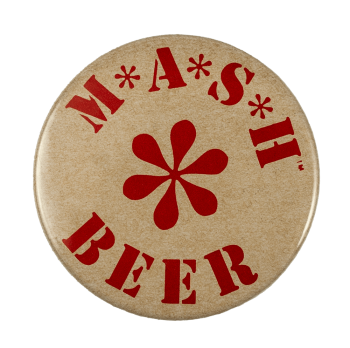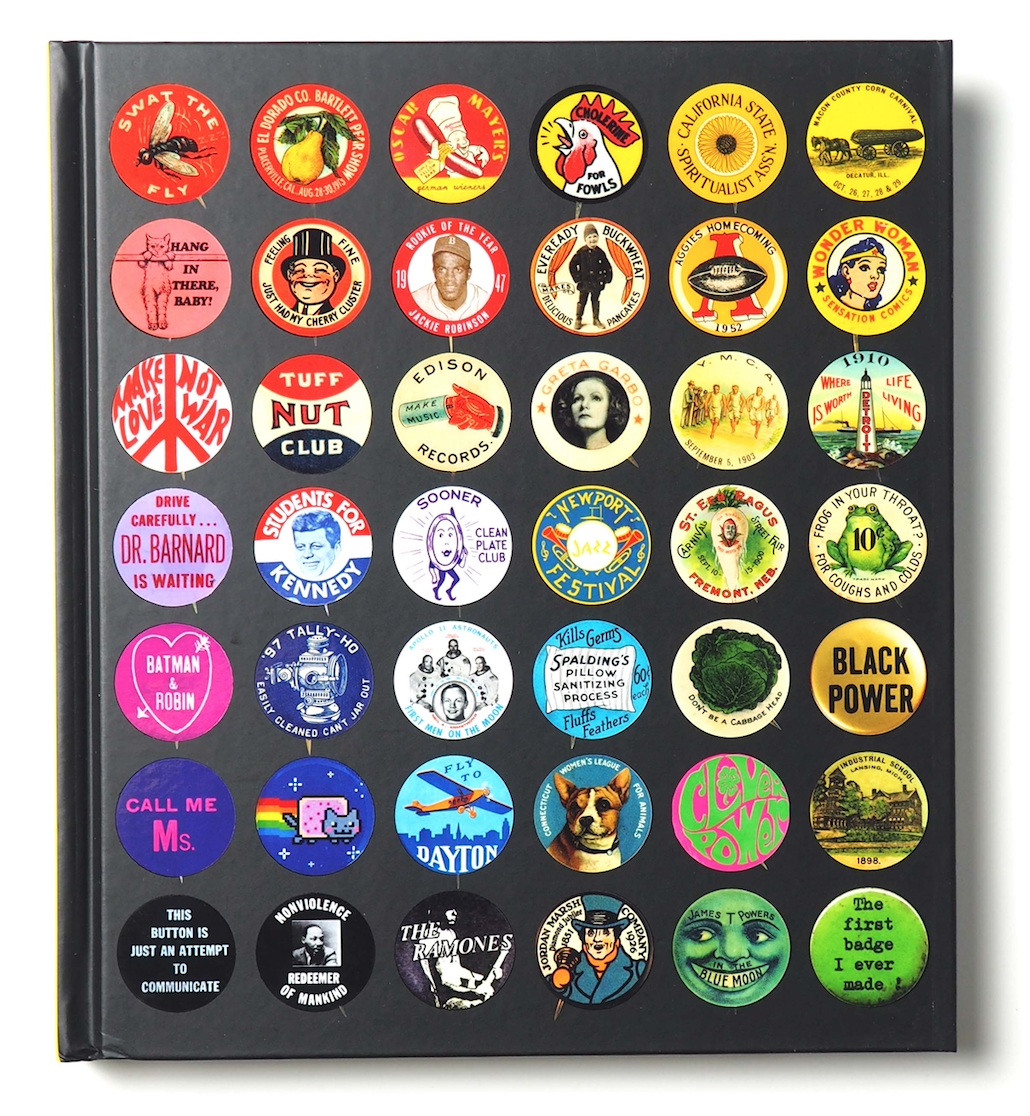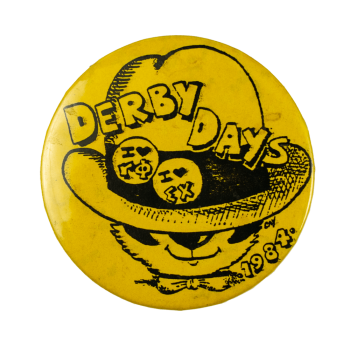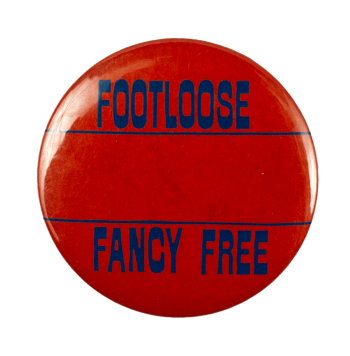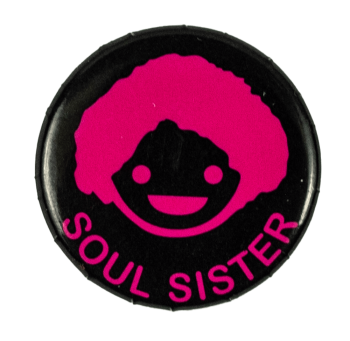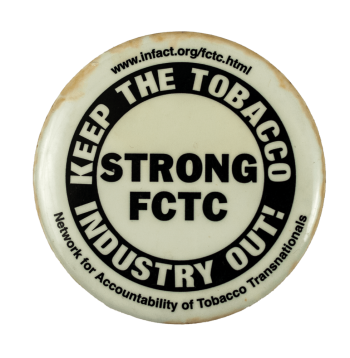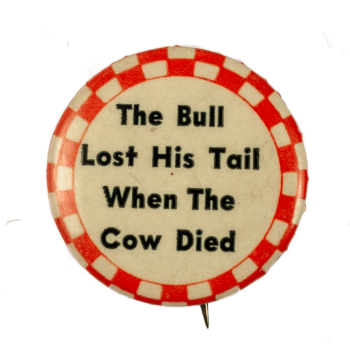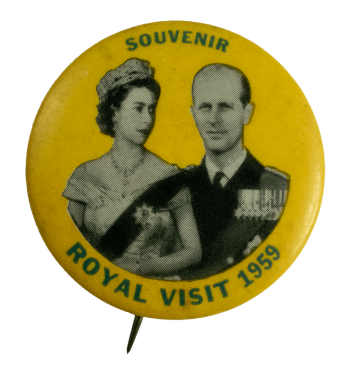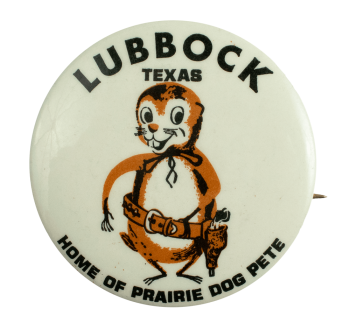Mash Beer
| Category | |
|---|---|
| Additional Images | |
| Sub Categories | |
| Text on Button | M*A*S*H BEER |
| Image Description | Beige background with red text and a large red asterisk in the middle. |
| Back Style | |
| The Shape | |
| The Size | |
| Additional Information | The TV series M*A*S*H was a popular comedy-drama series about army medics in the Korean War that ran from 1972-1983. It was known for its theme music, its well-developed characters, and for reflecting the nation’s evolving feelings about the Vietnam War. In the 1980s it inspired a novelty beer, brewed by Falstaff Brewing Corporation, and packaged in a camouflage can. Though the can promised “Premium Quality”, reviews by people currently determined to taste the 40-year-old and no-longer-produced beer range from “Ugggghhhh...” to “honestly i’ve had worse beer that was freshly canned” to “Another from the archive. Best one so far! Good carbonation.” |
| Sources |
Team, T. U. (n.d.). Untappd. Untappd. Retrieved July 8, 2024, from https://untappd.com/b/james-hanley-co-4077th-m-a-s-h-beer/1328247 “‘M*A*S*H’ Had Its Own Beer in the 1980s.” n.d. Me-TV Network. Accessed July 8, 2024. https://www.metv.com/stories/m-a-s-h-had-its-own-beer-in-the-1980s#:~:t…. Wikipedia Contributors. 2019. “M.” Wikipedia. Wikimedia Foundation. February 27, 2019. https://en.wikipedia.org/wiki/M. |
| Catalog ID | BE0198 |

